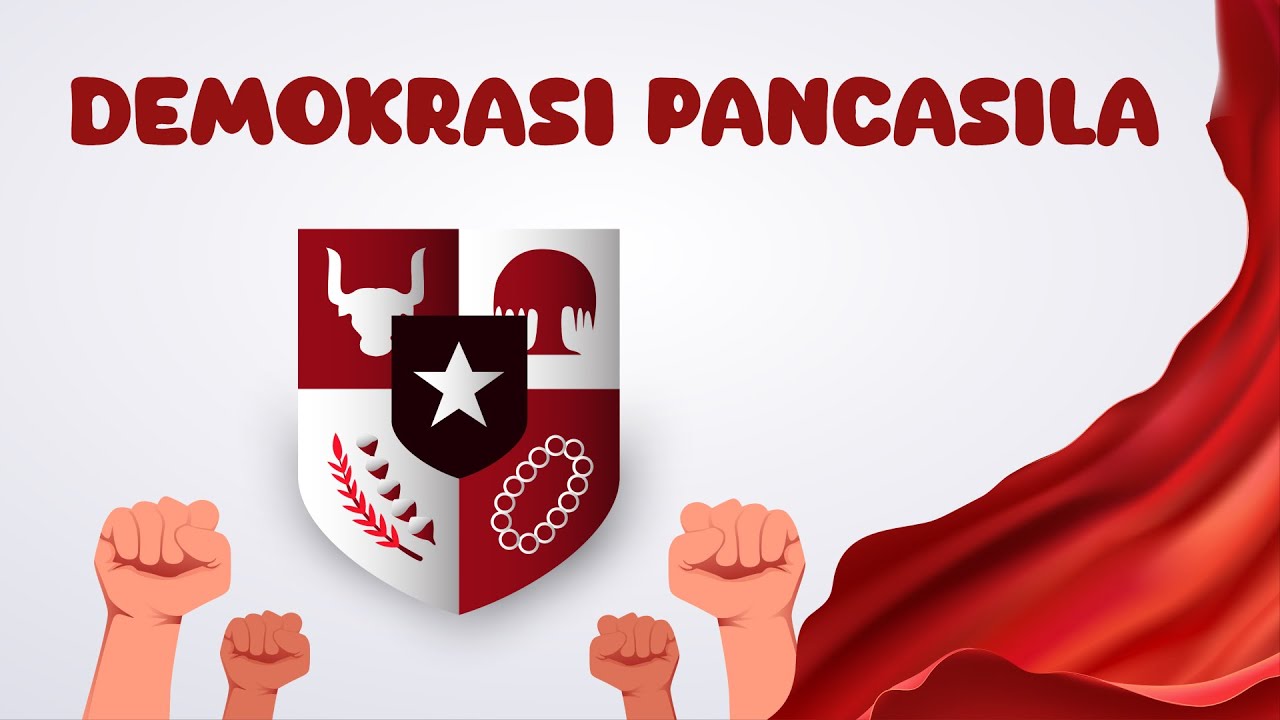Masa Reformasi (1998 - Sekarang)
Summary
TLDRIndonesia's Reform Era, starting in 1998, marked a pivotal shift from authoritarian rule to democracy. The 1997 Asian financial crisis ignited widespread protests, leading to President Soeharto's resignation. The era brought key reforms, including regional autonomy, electoral changes, and military reforms. Economically, the country faced challenges, but policies under various presidents worked to stabilize and grow the economy. Socially, education and cultural preservation were prioritized, with significant changes in curricula and UNESCO recognition of Indonesian heritage. This period transformed Indonesia, fostering greater political freedom, economic recovery, and social progress.
Takeaways
- 😀 The Reform Era in Indonesia began in 1998, following the fall of the New Order regime after 32 years in power.
- 😀 The Reform movement was sparked by the 1997 Asian financial crisis, which caused massive economic turmoil in Indonesia.
- 😀 The crisis led to a dramatic devaluation of the Indonesian Rupiah and significant economic struggles, including widespread bankruptcy and price hikes on essential goods.
- 😀 The exposure of corruption, collusion, and nepotism among government officials fueled widespread student-led demonstrations demanding reform.
- 😀 The tragic shooting of four students during a May 1998 protest, known as the Trisakti Tragedy, intensified public anger and led to nationwide riots and looting.
- 😀 On May 21, 1998, President Soeharto resigned after mounting pressure, and BJ Habibie succeeded him, marking the start of the Reform Era.
- 😀 The MPR held an extraordinary session in November 1998 to outline the reforms necessary for Indonesia, including decentralization, democratic elections, and political freedoms.
- 😀 A key reform was the decentralization of power to local governments, enabling provinces to manage their own affairs more effectively.
- 😀 Another important reform was the introduction of direct elections for local leaders, including governors, mayors, and regents.
- 😀 Economic reforms during the Reform Era involved attempts to stabilize the Rupiah, revitalize the economy, and address issues such as unemployment and inflation, though challenges persisted.
- 😀 The education sector underwent significant changes, including decentralization, the introduction of new curricula, and an increased budget for education, in line with Indonesia's constitutional mandate.
Q & A
What event marked the beginning of the Reform Era in Indonesia?
-The beginning of the Reform Era in Indonesia was marked by the resignation of President Soeharto on May 21, 1998, after 32 years in power. This event followed widespread protests and a significant political crisis.
What triggered the Reform Movement in Indonesia in 1998?
-The Reform Movement was triggered by the Asian financial crisis of 1997, which caused a sharp devaluation of the Rupiah and widespread economic hardship, leading to increased public dissatisfaction and calls for reform.
What was the Tragedy of Trisakti and its impact on the reform movement?
-The Tragedy of Trisakti occurred on May 12, 1998, when four students were killed by security forces during a demonstration. This tragedy sparked larger protests across Indonesia and intensified the push for President Soeharto's resignation.
How did the government respond to the protests during the Reform Movement?
-The government, led by President Soeharto, initially resisted the protests. However, following the escalation of violence and unrest, key political figures, including the Chairman of the MPR, called for Soeharto to step down, leading to his resignation.
What was the significance of the MPR's Special Session in November 1998?
-The Special Session of the MPR in November 1998 was significant as it set the direction for Indonesia's reforms, passing 12 MPR decrees that laid the groundwork for reforms in various sectors, including regional autonomy, political freedom, and military restructuring.
What changes were made to Indonesia’s political system under the reforms?
-Under the reforms, Indonesia adopted direct elections for regional leaders, abolished political party restrictions, and removed the dual-function of the military (ABRI), allowing it to focus solely on defense and security.
How did the economic situation in Indonesia change under President BJ Habibie?
-Under President BJ Habibie, Indonesia took measures to address the economic crisis, resulting in a stabilization of the Rupiah and some improvement in economic conditions. However, the Rupiah weakened again toward the end of his presidency.
What economic challenges did President Abdurrahman Wahid face during his tenure?
-President Abdurrahman Wahid's administration faced challenges such as a weak Rupiah and a fragile economic recovery, with the currency reaching 12,000 Rupiah to the US dollar in April 2001, which hindered further economic recovery.
How did President Megawati Soekarnoputri contribute to Indonesia's economic recovery?
-President Megawati Soekarnoputri's administration succeeded in stabilizing the Rupiah and controlling inflation, although the economy's growth was slow due to a lack of investor confidence.
What educational reforms were implemented during the Reform Era?
-During the Reform Era, significant educational reforms were made, including the decentralization of the education system, the introduction of various curriculums, and the prioritization of education funding, with at least 20% of the national budget allocated to education.
Outlines

This section is available to paid users only. Please upgrade to access this part.
Upgrade NowMindmap

This section is available to paid users only. Please upgrade to access this part.
Upgrade NowKeywords

This section is available to paid users only. Please upgrade to access this part.
Upgrade NowHighlights

This section is available to paid users only. Please upgrade to access this part.
Upgrade NowTranscripts

This section is available to paid users only. Please upgrade to access this part.
Upgrade Now5.0 / 5 (0 votes)





